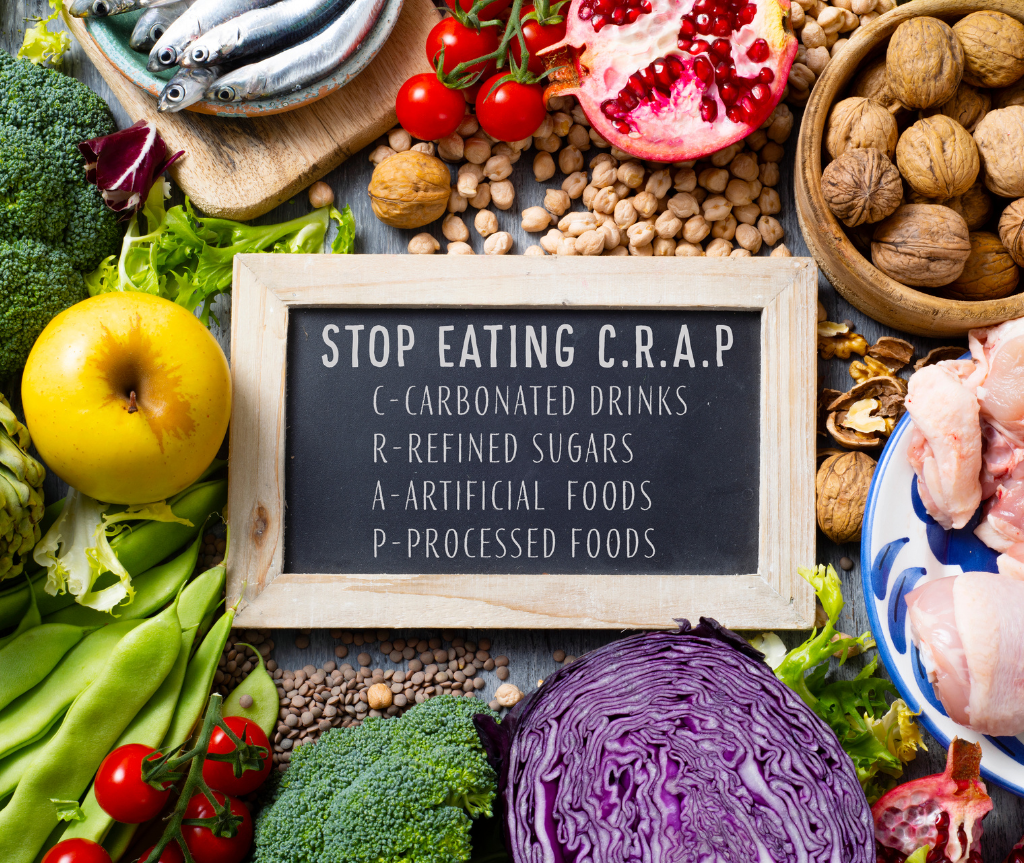Have you ever had one of those moments when you look at your plate and think, “How did food get this complicated?” Between labels, diets, and ever-changing advice, it’s easy to wonder whether we’d feel better going back to basics — back to the foods humans once gathered, hunted, or stumbled upon.
That’s the heart of the Paleo diet. It’s less about recreating the past and more about asking a simple question: What would happen if you ate the kind of food your body was built for?
Let’s break it down together.
What Is the Paleo Diet?
At its core, the Paleo diet is an invitation to eat like early humans — not in a wild, survivalist way, but in a way that prioritises real, whole foods. Think lean meats, fish, fruits, vegetables, nuts, and seeds. Foods that existed long before additives, preservatives, and supermarket aisles.
The philosophy is simple: our bodies may feel better when we eat in alignment with our evolutionary biology. No calorie counting. No rigid point systems. Just a focus on quality.
And for many people, that feels refreshingly uncomplicated.
Variations of the Paleo Diet
Just as people today vary wildly in how they eat and live, early humans did too. So modern Paleo has a few branches:
- Normal Paleo: A gentle, flexible version that encourages whole foods but allows the occasional non-Paleo treat. Life happens.
- Primal Paleo: Similar in spirit, but more comfortable with full-fat dairy and higher-fat foods.
- Strict Paleo: A truly minimalist approach — no grains, legumes, dairy, or processed foods. It’s the closest attempt to eating like a Palaeolithic hunter-gatherer.
There’s no one “correct” version. It’s about what works with your lifestyle.
Paleo Diet: What to Eat and What to Skip
If you’ve ever stood in front of your fridge feeling unsure, Paleo can offer clarity. It guides you toward foods that are vibrant, nutrient-rich, and as close to their natural form as possible.
Eat More Of
- Grass-fed meats – Often richer in beneficial fats.
- Wild-caught fish – Especially omega-3-rich options like salmon or sardines.
- Fresh fruits and vegetables – The more colour, the better.
Nuts and seeds – Convenient, nourishing, and full of healthy fats.
Limit or Avoid
- Sugary foods and drinks – A major source of energy crashes.
- Grains – Excluded due to antinutrients and higher carbohydrate content.
- Legumes – Omitted on most versions.
- Dairy – Avoided unless you’re following a more relaxed Primal approach.
Processed foods – Anything far removed from its natural state.
Benefits of the Paleo Diet
When people switch to Paleo, they often describe feeling “lighter” — not just physically, but mentally as well. That’s partly because the diet naturally centres foods that help your body work smoothly.
Here’s what research suggests:
- Weight management – Higher protein and fibre help steady your appetite.
- Heart health – Focuses on lean protein and unsaturated fats.
- Improved nutrient intake – Whole foods provide a broader spectrum of vitamins and minerals.
- Balanced iron levels – Red meat and leafy greens offer strong iron support.
- Better satiety – Meals tend to be satisfying and grounding.
- Fewer additives – Naturally reduces intake of ultra-processed ingredients.
Issues and Considerations
Like any eating pattern, Paleo isn’t perfect.
You may find that:
- Whole foods can be more costly depending on where you live.
- Meal prep takes time, especially at the start.
- Avoiding grains, dairy, and legumes may create gaps in calcium, vitamin D, and B vitamins.
- It can feel socially limiting at dinners or gatherings.
- It’s harder for vegetarians or vegans to get enough protein.
High meat intake raises environmental questions.
None of these are deal-breakers — they mean you may need to personalise things.
Risks to Be Aware Of
Paleo is safe for many people, but if the diet becomes too narrow or unbalanced, risks can emerge:
- Bone health concerns from low calcium and vitamin D intake.
- Higher LDL cholesterol, especially with a lot of red meat.
- Increased cancer risk linked to high processed or red meat consumption.
- Micronutrient deficiencies, particularly magnesium and selenium if grains and legumes are eliminated without alternatives.
Being mindful and intentional can help you avoid these pitfalls.
Is the Paleo Diet Right for You?
You might thrive on Paleo if you enjoy cooking, love simple, whole ingredients, and want to reduce processed foods. It may feel grounding — almost like giving your body a quiet reset.
But if you have medical conditions, follow a plant-based diet, or need nutrients typically found in dairy or grains, you’ll want to adapt the approach or explore other options. A chat with a healthcare professional or dietitian can help you make the safest, most personalised choice.
Key Takeaways
The Paleo diet is more than a throwback to the past — it’s a reminder that the simplest foods often nourish us best. Lean proteins, colourful produce, and healthy fats can support energy, weight balance, and long-term health.
But the real goal isn’t to imitate our ancestors perfectly. It’s to build a way of eating that makes you feel energised, well-fed, and connected to your body.
The perfect diet isn’t out there waiting — you shape it, one choice at a time.



